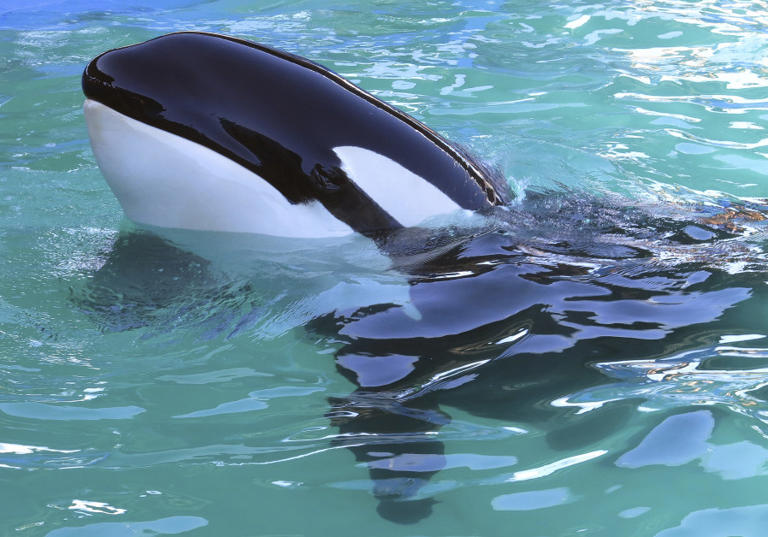Mysterious hidden ‘structures’ hundreds of metres deep discovered on dark side of moon
Vishwam Sankaran
Mon, 21 August 2023

Mysterious hidden ‘structures’ hundreds of metres deep discovered on dark side of moon
China’s Chang’e-4 mission rover has helped scientists visualise “hidden” structures deep below the surface of the moon’s far side – an advance that reveals billions of years of lunar history.
The Yutu-2 rover helped make the discovery through its Lunar Penetrating Radar (LPR) that imaged deep into the moon’s surface by listening to echoes of sound that bounced back off structures under the lunar surface and hidden from view.
The same rover and the mission’s lander had made history in 2019 as the first human objects to land on the far side of the moon – the side that faces away from the Earth.
Scientists had previously used the rover’s ground penetrating radar (GPR), but those earlier efforts could help map only the top 40m, or about 130ft, of the moon’s surface. This new discovery has found the “hidden” structures at depths of about 300m (984ft).
The new data suggests the first 130ft under the lunar surface is made up of layers of dust, soil, and rocks.
Radar analysis also revealed the presence of a buried crater that formed when a large object slammed into the lunar surface as well as helped map ancient lava flows under the moon.
“The GPR sends electromagnetic pulses into the lunar interior and receives echoes from subsurface layers. We use the high-frequency channel data to detect the structure of the upper 40 m along the rover’s path, primarily consisting of rock debris and soil,” researchers explained in the study.
Scientists speculate that the broken rocks surrounding this formation was likely debris produced by the impact.
“Through this investigation, we have discovered multiple layers in the upper 300 m, which likely indicate a series of basalt eruptions that occurred billions of years ago,” they wrote.
The new study, published recently in the Journal of Geophysical Research: Planets, revealed lunar lava likely flowed across the landscape in this part of the moon billions of years ago.
Researchers found volcanic rock layers are thinner the closer they are to the lunar surface.
“The thickness variation of these lava flows suggests a decrease in eruption scale over time,” they noted.
Based on this evidence, they said the lunar volcanic activity cooled gradually since the moon’s formation over 4.5 billion years ago, when a Mars-sized object slammed onto Earth and broke off a chunk that eventually coalesced into the moon.
“The thickness of the strata decreases with the decreasing depth, suggesting a progressively smaller lava effusion rate over time,” scientists concluded.






















